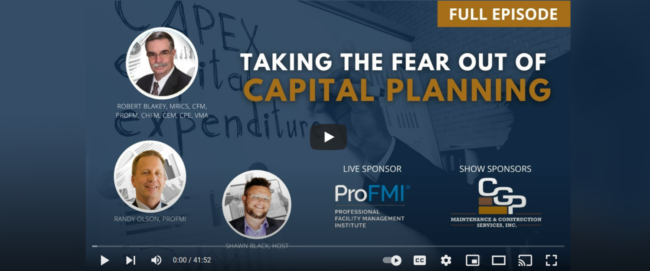As many others have before him, Robert realizes that for much of the world, facilities management is a "house divided against itself". On the one side is the Design & Construction (D&C) part of the house. On the other side is Operations & Maintenance (O&M). These two halves of the house look at the problems of facilities management quite differently in most organizations. D&C is classically focused around minimizing the cost of acquisition and construction of facilities. O&M is focused around minimizing the cost of operation and maintenance of facilities.
Life-Cycle Analysis is the "language" that can communicate these goals to both sides of "The House".
Robert takes a unique approach to life-cycle studies. He believes that the outcome of a construction project is the true reason we build. That this outcome impacts us on several different levels; global, organizational, program, and individual. If we do not take these outcomes into account financially when deciding the project budget we significantly reduce the potential benefit returned to us for our investment. In essence this approach means that life-cycle analysis becomes a planning tool instead of simply a validation tool. Currently, others are only using life-cycle analysis as a validation tool.
In support of this approach, Robert is continuing to do significant and pioneering work in the application of economic decision analysis to facility master-planning & pre-design decision processes.
Today we’re going to tackle the topic of Capital Planning. Many FMs are so wrapped up in the day-to-day operations of their facilities that they may not be aware of capital planning and its importance, let alone how to do it well. It can be neglected and ignored until there’s a big problem. So, today we’re going to demystify the topic.

